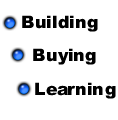 |
 |
|
Back Lash and Back DrivingBack lash and back driving are both concerns for the CNC router builder that need to be understood and addressed. Lets get to it. Back-LashThe technical definition of back lash (lash) is the amount of free movement between the nut and the lead screw without rotation of the nut. In short terms, it is the play between the nut and lead screw. If you take a nut and thread it on a bolt or threaded rod, you should be able to pull and push on the nut along the bolts length and feel slight movement. The lash is factor that may reduce repeatability and accuracy in a machine. 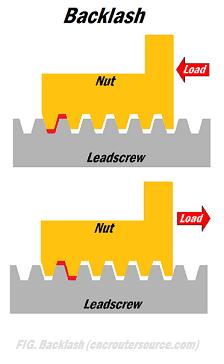
The lash is usually referred to as back lash because of the when the lash affects the machine. If the CNC machine only moved in one direction, the gap between the nut and lead screw threads would always be compressed and would not affect the machine. Reference the image to the right. In normal operation without an anti-back lash nut, the lash allows the lead screw to rotate slightly without engaging the nut. This means that the desired position is lost. The lash between a nut and lead screw will increase as they wear. This is why most acme nuts used on CNC routers are wear compensation anti-back lash nuts. This will be cover in the ACME nuts Section. There is also radial or transverse back lash. This can be noticed by trying to rotate the nut perpendicular to the lead screw axis. Again, this may be minimized by anti-back lash nuts. Also, increasing the length of the nut will help. Back Driving (Creep) Just as lead screws can convert rotary motion into linear motion; it may also convert linear motion into rotational motion. This conversion from a linear force into rotational force is what is known as back driving or creep in the CNC industry. ACME screws are often considered to be self locking, meaning back driving is not an issue. However if the efficiency of the lead screw is sufficient, then back driving may still occur. Generally, any linear motion system with efficiency greater than 50% may back drive or creep. Furthermore, vibration may assist the system to back drive. Systems that typically would not creep may if vibration occurs. For the CNC builder, this primarily affects the zaxis system. The combination most attributing to back drive is a z-axis servo driven system with a ball screws or rack and pinion. Because gravity affects the z-axis system, counterbalance or springs are usually used to deal with back driving issues. A very efficient system will drive itself into the bed or piece if power is lost and there is no braking or counterweight system. Also, back driving may occur on a smaller scale only causing enough position loss to ruin your project. It is vital to keep this in mind when designing you CNC router. Even if using acme screws, leave some room in your design for an anti-back driving system (springs etc). The simplest approach is to use a low lead acme system for the z axes. Continue To: Loads Associated with linear Screws Go back to CNC drive from Back Lash and Back Driving |
The Builder's Guide
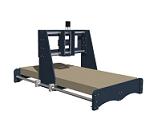 Calculators
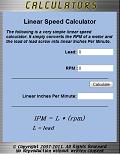 CNC Controllers
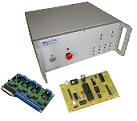 |
|
|
[?] Subscribe To This Site
Page Missing?Please bare with us as we upload pages. The website is still under contruction and new content is being added. To see the most recent pages, visit the website blog. Thank you! |
||
|
|
Homepage |
Buyer's Guide |
Builder's Guide |
Contact Us|
© Copyright 2007-2011. |
||
|
|
||



